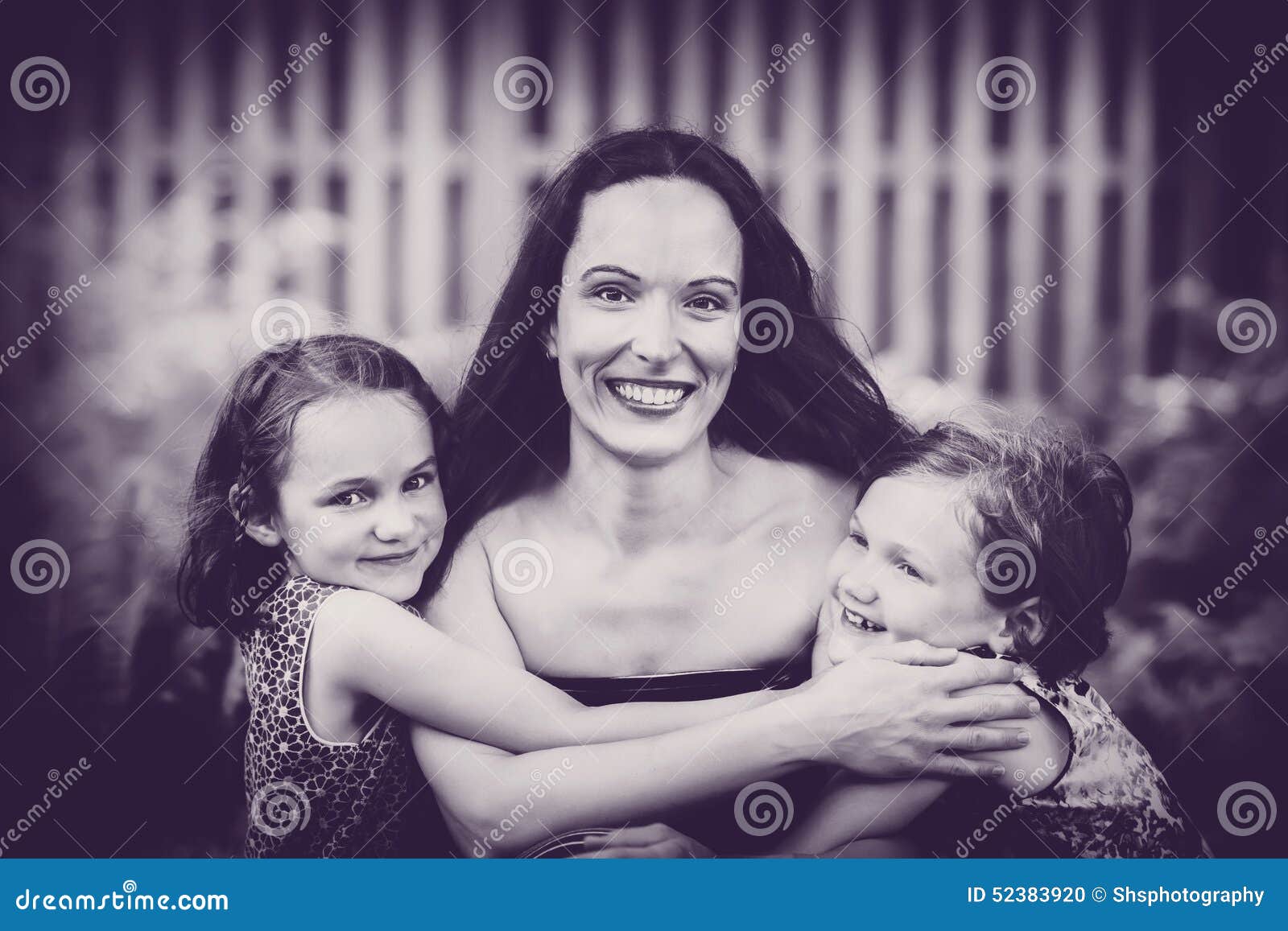

She attends marches, meets with government officials, hounds law enforcement, and hangs missing persons posters. Wagon said she is now known all over Wyoming for her work. After pressure from activists like Wagon, multiple states and the federal government have established task forces to address the problem.

In Minnesota, Indigenous people represent just 1% of the state's population, but 9% of all women and girls murdered are Indigenous.Īnd yet, the issue has gone largely underreported. In Montana, Indigenous people make up 7% of the population but account for 26% of missing persons. Similar findings have been recorded elsewhere. The report also found only 30% of Indigenous homicide victims made the news, compared to 51% of white victims. Over a similar time frame, 710 indigenous people, mostly girls, were reported missing in the state. Wagon, a Northern Arapaho woman, is still looking for answers and seeking justice for her girls, who represent just two of many Indigenous people who have gone missing or been murdered at higher rates than other groups.Ī report from Wyoming found the homicide rate for Indigenous people from 2010 to 2019 was 26.8%, eight times higher than the homicide rate for white people. About a year later, she reported another one of her daughters, Jade, missing. Wagon's daughter Jocelyn was found murdered in 2019. "I believe if my daughters even had half the coverage, maybe they would be solved," Wagon told Insider. Nicole Wagon, an Indigenous mother and activist who lives on Wyoming's Wind River Indian Reservation, can't help but wonder how the same attention might've affected her daughters' cases.

And on September 19, just over a week after she was reported missing, Petito's body was found near Grand Teton National Park in Wyoming.


 0 kommentar(er)
0 kommentar(er)
